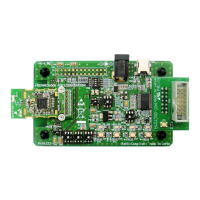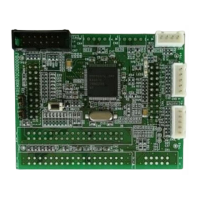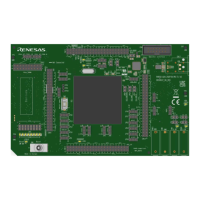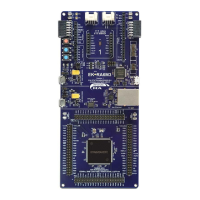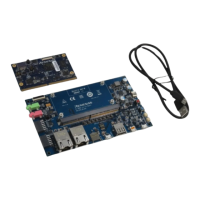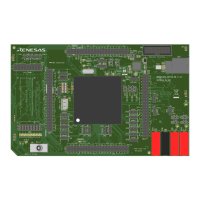RL78/G13 CHAPTER 5 CLOCK GENERATOR
R01UH0146EJ0100 Rev.1.00 288
Sep 22, 2011
• Make the wiring between the XT1 and XT2 pins and the resonators as short as
possible, and minimize the parasitic capacitance and wiring resistance. Note
this particularly when the ultra-low power consumption oscillation (AMPHS1,
AMPHS0 = 1, 0) is selected.
• Configure the circuit of the circuit board, using material with little wiring
resistance.
• Place a ground pattern that has the same potential as V
SS as much as possible
near the XT1 oscillator.
• Be sure that the signal lines between the XT1 and XT2 pins, and the resonators
do not cross with the other signal lines. Do not route the wiring near a signal
line through which a high fluctuating current flows.
• The impedance between the XT1 and XT2 pins may drop and oscillation may be
disturbed due to moisture absorption of the circuit board in a high-humidity
environment or dew condensation on the board. When using the circuit board in
such an environment, take measures to damp-proof the circuit board, such as by
coating.
• When coating the circuit board, use material that does not cause capacitance or
leakage between the XT1 and XT2 pins.
Remark f
X: X1 clock frequency

